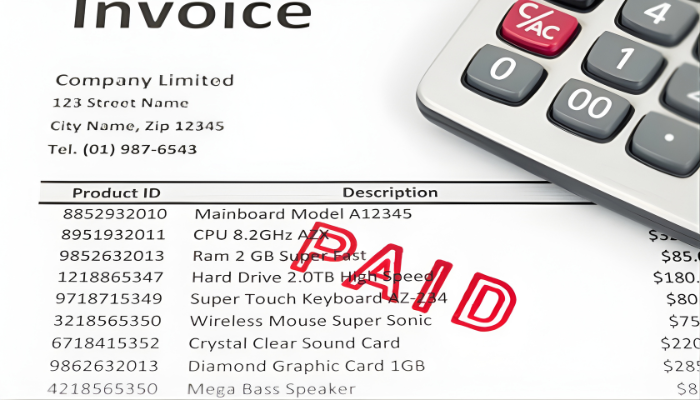
Businesses facing a cash flow issue may be interested in finding out about accounts receivable funding, otherwise known as factoring. In some situations, factoring can offer a simple solution to a pressing problem. However, many company owners may not know that there are two different types of factoring arrangements: recourse and non-recourse factoring. How can an entrepreneur decide which program is best for his or her business? What are the differences between recourse and non-recourse factoring?
General Factoring Overview
Before considering what separates recourse factoring from non-recourse factoring, it's important to understand how the invoice factoring process works. A company sells the value of its current invoices to a third-party company called a factor. The factor then sends the company a lump-sum payment that equals a large percentage of the invoice value. Afterwards, the factor sets to work collecting the invoice payments from the customers. Once the customers pay their invoices, the factor deposits the funds and remits the remainder of the balance to the company after deducting a transaction fee.
What is Recourse Factoring?
Recourse factoring is an agreement where a company sells its current invoices to a factoring company with the understanding that the company will buy them back if they go uncollected. This factoring plan is generally affordable since the company is agreeing to absorb some of the risk involved in the transaction.
What is Non-Recourse Factoring?
Non-recourse factoring allows a company to sell its invoices to a factor without the obligation of absorbing any unpaid invoices. Instead, if the customers renege on their payments or pay their invoices late any losses are absorbed by the factor, leaving the business unscathed.
Advantages and Disadvantages of Both
When comparing recourse and non-recourse factoring it's clear that each program has benefits and risks. For example, recourse factoring comes with a lower transaction fee but the company may also be responsible if the customers refuse to pay their invoices. On the other hand, non-recourse factoring offers a risk-free transaction for companies but usually carries a higher transaction fee.
Before deciding which type of factoring to pursue a company owner should carefully evaluate his or her customers and the value of their invoices. If the amount being factored is rather small, the owner may decide that the company can absorb the risk that comes with recourse factoring.
Understanding the differences between recourse and non-recourse factoring is a crucial part of selecting the best program for your business. If you keep these guidelines in mind, you'll choose the most beneficial factoring arrangement for your situation.
















